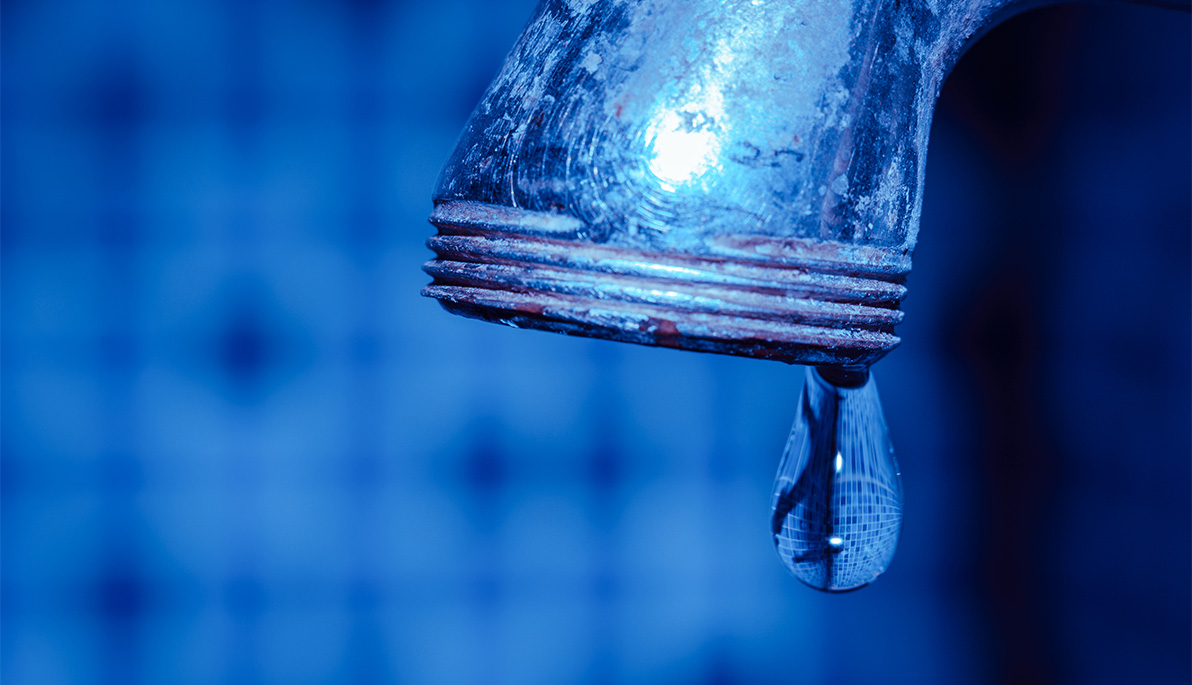News
Q&A: What You May Not Know About Long Island’s Drinking Water
July 26, 2019
There are more than 250 known contaminated groundwater sites (Superfund sites) on Long Island—leaving its residents with a bad taste in their mouths.
“To clean up or remediate these sites takes considerable research, planning, and technical engineering along with great expense and years of effort,” explains Associate Professor of Environmental Technology and Sustainability Sarah Meyland, M.S., J.D.
The disposal of chemical waste from local industries over the years has polluted our water to the point that many areas of the aquifer system are no longer being used for public water supply according to Meyland. Making matters more complicated is the fact that Long Islanders live above their water supply and any actions that occur on land can have the potential to pollute the groundwater below. “The real challenge is whether we can successfully keep the drinking water supply from getting any worse or more damaged than it already is,” she says.
Meyland sat down with The Box to talk about the state of Long Island’s drinking water and its future if “we continue to use the aquifer and the groundwater as a toilet.”
Is Long Island drinking water safe?
The answer to this question was easier to provide in the past than is it today. In the past, water suppliers and public health officials usually told the public that all drinking water meets federal and state drinking water standards and ended the conversation there.
Since the advent of extensive water contamination by “unregulated chemicals,” also known as “emerging contaminants,” the answer to whether the water is safe to drink is harder to provide.
Public health officials and regulators are now aware of a list of chemicals being detected in drinking water supplies on Long Island, New York State and across the nation, that are as yet unregulated, meaning there are no standards to guide consumers or water suppliers regarding safe vs. unsafe levels.
What kinds of chemicals are found in our drinking water?
Some of the chemicals receiving great public attention include:
- 1,4 Dioxane
- PFOA (perfluorooctanoic acid)
- PFOS (perfluorooctane sufonate)
- PFAS (per- and polyfluroralkyl substances), the family of similar chemicals including PFOA/PFOS.
The most common contaminant of Long Island groundwater is a group of chemicals known as VOCs (volatile organic compounds). These are generally considered carcinogenic and/or toxic chemicals. They can be used in many industrial activities (high tech, electronics, manufacturing, defense industry products, and dry cleaning) and are also in consumer products (home cleaning products). They include chemicals such as: trichloroethene, trichloroethane, tetrachloroethylene. These chemicals are known for their role as solvents for other industrial chemicals.
What actions are being taken to keep drinking water safe?
New York State is moving ahead to set drinking water standards for these chemicals. [It] is providing millions of dollars to install new treatment technology for drinking water and also for sewage treatment. This money is greatly appreciated and will be helpful in meeting drinking water standards. But, we will always be reacting to problems after the fact unless Long Island and state regulators develop policies and practices that prevent future pollution. From a drinking water protection and management standpoint, Long Island lags behind most of the country in actively and effectively managing its drinking water resource, the groundwater.
Does filtering water (e.g. Brita, faucet filters, etc.) help?
In general, small counter-top filters or faucet filters are not helpful for VOCs. They are useful for filtering particulates from the water or improving taste. To be more specific, to improve drinking water quality there needs to be a correct match between the pollutant to be removed and the specific technology used. There is a variety of technologies that will treat drinking water but they must be applied to the specific chemical of concern. Under-the-sink systems using granulated carbon or reverse osmosis can remove some VOCs. “Whole house” systems will treat all the water used in a home.
However, modified granular carbon filters are being used by water suppliers to treat PFOA/PFOS. There is no home version of treatment technology for 1,4 Dioxane. Water suppliers will be using a new treatment technology known as AOP (advanced oxidation process) but it is still in the early stages of implementation on Long Island.
[And] boiling water does not help eliminate PFOS/PFOA or 1,4 Dioxane. In fact, it can tend to concentrate the pollution.
Let’s turn our attention to coastal water. We are well into summer. What should Long Islanders know about swimming at our beaches?
Coastal water quality and beaches are directly impacted by runoff after storms. Pollution on the land (bacteria, fertilizer, pesticides, and spilled chemicals) drains quickly to local beaches and estuaries immediately after rain events. This is what leads to beach closings.
More broadly, the poor water quality conditions in estuaries such as brown and red tide is connected with domestic sewage from cesspools and septic systems. Their discharge can drain into local surface water. Here, the main pollutant is nitrogen (specifically, nitrate).
Beaches can be closed due to high bacteria counts in the water after large storms. These levels will usually fall back to pre-storm levels within a few days. The brown and red tides are associated with nitrogen that promotes the growth of the brown and red algae blooms, which can last for weeks. Low oxygen levels in the water can result in fish kills, algae toxins in the water, and dangerous swimming conditions.
This interview has been edited and condensed.





